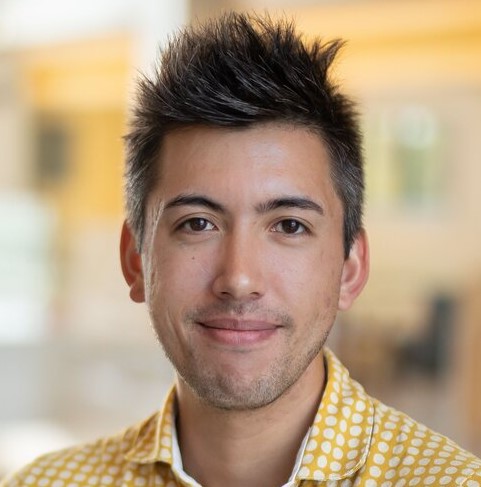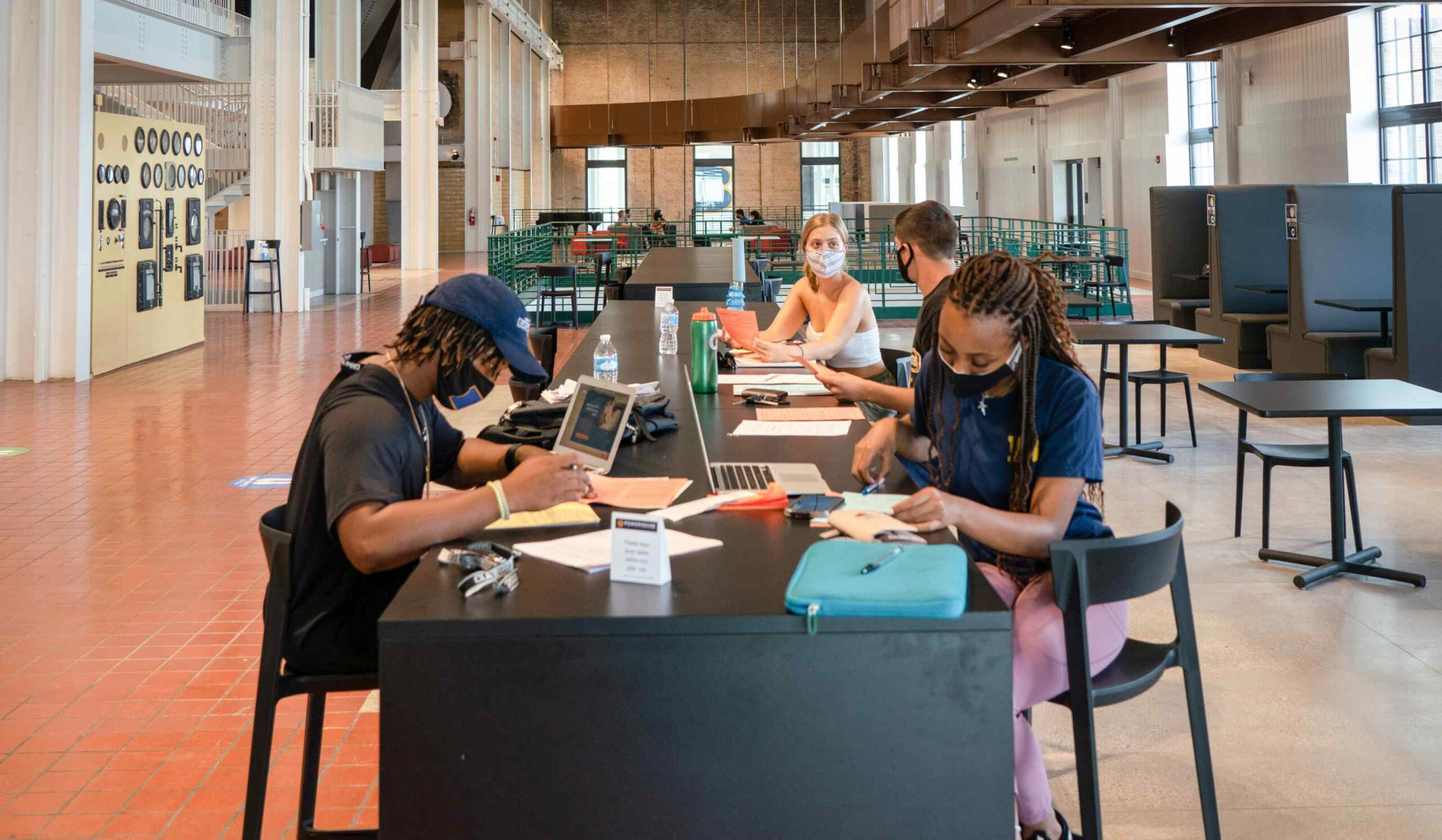
An institution of higher education that fully embraces inclusivity is more likely to be successful in the recruitment and retention of larger pools of students, says Michael Dango, Assistant Professor of English and Media Studies at Beloit College in Wisconsin.
Those that don’t could bring in heightened risk, namely the potential for financial losses as students become more politically and socially active on their campuses.
“If students don’t feel that a space is welcoming to them, then they’re not going to go there,” Dango says. “As colleges and universities become increasingly competitive, especially as we anticipate a drop in enrollment, one way to be competitive is to signal that you provide a space in which students feel included. If I were to pitch this to folks who weren’t already on board with the moral mission of inclusivity, there’s a practical motivation to be a space where people feel belonging.”
The small private Beloit College has done more than send out statements on its embrace of diversity. It has been building welcoming spaces for all students, espcially those from the LGBTQIA+ community and students of color. It also has been out front in delivering messaging, programming and support around impactful social moments.
“Our administration, in some ways, has shown a willingness to be led by student activists,” Dango says. “In the wake of the police murders of George Floyd and Breonna Taylor, our Black student group created a list of demands (based on the Black demands from 1969). The administration, instead of minimizing those demands, developed a robust plan for the ways in which we were going try to meet those goals. They said, here is how we’re going to try to hold ourselves accountable.”
That campaign, called Becoming Better, is just one of the many initiatives Beloit has undertaken to meet student needs. To learn more about their embrace of inclusivity and how other colleges and universities can improve their own strategies, University Business sat down for a wide-ranging and insightful interview with Dango:
Was there an a-ha moment when you knew the college was serious about addressing inclusivity issues?
The college undertook a campaign to work this into regular meetings with the Boards of Trustees. When you see that commitment at multiple levels, where it’s not just the kind of communication, it’s not just the slogan, but it’s something where every level of the administration is actively being a part of consciousness raising, I think that’s what we need to see more often.
A lot of institutions are out front with statements on DEI. When does it start to make a difference?
Messaging signals that intention, but where that intention follows through is in physical, concrete, structural ways that frankly involve money. It’s about creating safe spaces that aren’t just things that we call safe spaces, but are physical spaces – having an autonomous meeting space, a Black Cultural Center. It’s investing in culturally sensitive and informed mental health services so that students who disproportionately experience mental health issues in response to structural racism, sexism and homophobia, feel they have people on their side that they can talk to. It’s about having scholarship and fellowship opportunities that support the research of populations that are less likely to pursue graduate school, where those opportunities are more accessible to first-generation students, for instance.
What are some of the ways Beloit has doubled-down on those mission statements?
There are a number of student group collectives supported by the college. In addition to the Black Cultural Center, we have a Feminist House, where a collective of folks who identify as feminists have a space that they can be together. There’s also a house for the Sexuality and Gender Alliance (SAGA), which is our queer student and queer allies student group. We’re used to thinking of a fraternity system where there are houses for different fraternities, but there can also be houses for other groups. Having those collective houses is important because students are going to feel that sense of belonging even more than in their curriculum. The education is increasingly not just curricular. Colleges and universities really need to be thinking of that social curriculum as not just being secondary, but something that requires investment, nurturing and cultivation, just as much as the curriculum does.
What are you seeing from this generation of students?
There is more of a political consciousness being driven from my students. Part of that is a real ability for folks to connect individual experiences to structural experiences or conditions. There’s an awareness of systemic racism, sexism and homophobia. It comes from a lot of different places including having an education that has also been online in social media spaces, where folks have been able to meet people like themselves in a larger virtual public. My students realize there needs to be a larger political and cultural transformation in order for their individual lives to be the life that they want it to be. They are responding to activist forces in the world, listening to the Black Lives Matter campaign, listening to the theorization of sexual violence around Me Too, sponging up that kind of language and analysis.
If there is a disconnect on campuses between the mission statement and implementation, where might it be occurring?
The work of creating an inclusive environment isn’t always itself equitably distributed across faculty and staff. At some colleges and universities, it’s something that falls more on staff, as opposed to faculty. We’re going to have a diversity officer, but we’re not going to bother making sure that the math professor is becoming more inclusive in their teaching. Among faculty, there’s a distribution that are racialized and gendered. As a queer person, I informally mentor more of my queer students than some other faculty members do. As we continue to undertake this work of inclusivity, it’s important that the work itself also be equitable. That’s why colleges need to continue to invest in diversifying their faculty and staff and expanding the representation of marginalized populations within those positions of leadership. A lot of colleges and universities officially announced it as an intention. We have to remember that there’s a lot of labor behind realizing those intentions.
What is the danger in colleges not fully embracing inclusivity and diversity?
The education of their students suffers. Especially at a residential college, they’re learning not just what is in their textbook, they’re learning from the spaces that they’re a part of and the culture they’re enmeshed in. If the culture of the college is not teaching inclusion, then that’s going to harm students who are historically marginalized, because they’re going to be in a hostile learning environment. It’s also going to harm students who are historically privileged, because one of the things that education should do is challenge some of your preconceived assumptions. Something that higher education should do is provide a learning environment where it’s OK to be uncomfortable to be challenged at times. If that kind of challenging, controlled discomfort is not happening, then the education that students are receiving is just going to be learning some facts from a textbook. Those of us who are invested in higher education are not just banking knowledge, we’re not just translating facts to our students. We’re developing a kind of larger civic responsibility and cultural awareness of students’ role in the world. Not having an inclusive environment is actively harming that civic education, in addition to other forms of education.








